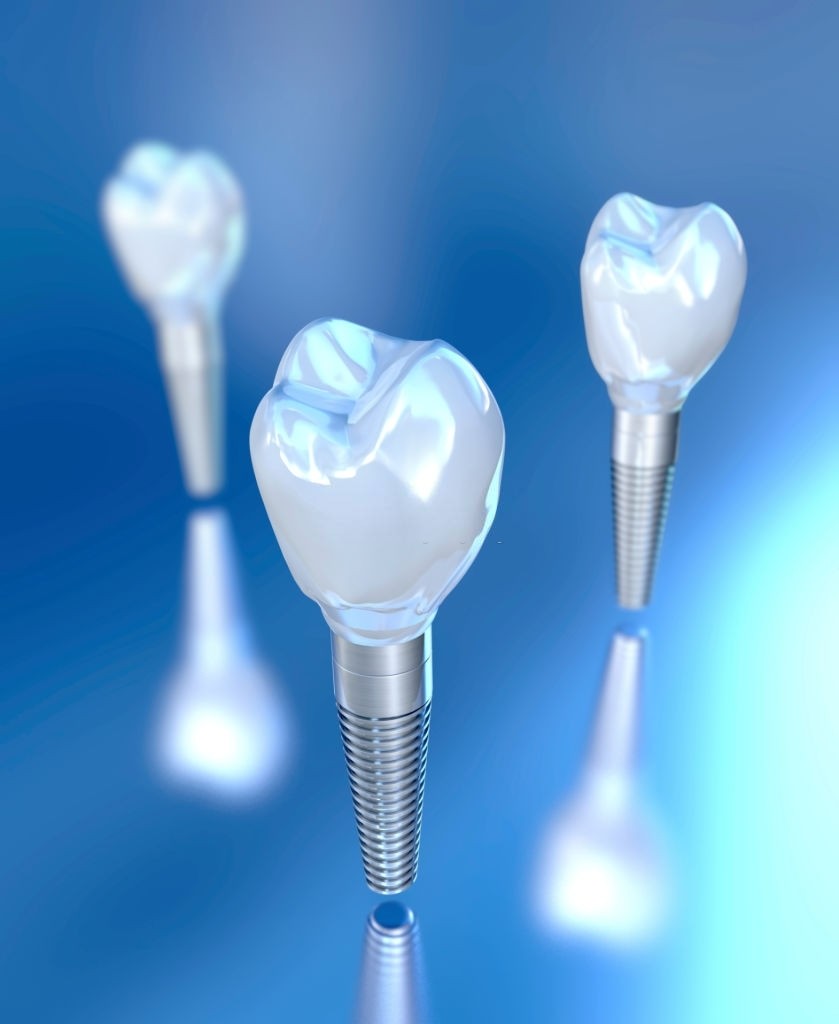Congratulations to Our 2nd Year Bachelor of Dental Surgery (BDS) Students
Congratulations to our 2nd year Bachelor of Dental Surgery (BDS) students, Ms. Keshavani Tanabalan, Ms. Durga Devi Nadesen, Ms. Abbhinaya M. Kannan, and Ms. Patmeni Kumarasan for winning the bronze medal in the International Invention & Innovation in Dentistry Exhibition 2020 (IIIDENTEX2020) organized by Faculty of Dentistry, Universiti Teknologi MARA on 20th October 2020.
Despite the challenges, the students coped and managed well as a group in coming up with the winning project titled ‘Dental Portable Unit’ which is to enable access to dental treatment in rural areas. This project was guided by Dr. Priyadarshini Karthikeyan, Dr. Ramesh Kumaresan, and Mr. Ravi Kumar Balakrishnan from the Faculty of Dentistry (FOD).
Kudos to the winning team and the supporting FOD members.
Please view this video for more details.

IIIDENTEX2020-GOLD MEDAL WINNER – OUR FINAL YEAR BDS STUDENTS

Silver Medal Winner – International Invention & Innovation in Dentistry Exhibition 2020 (IIIDENTEX2020)
Congratulations to Dr. Durga Prasad Mudrakola and Dr. Neeraja Turagam from the Faculty of Dentistry for winning the silver medal in the International Invention & Innovation in Dentistry Exhibition 2020 (IIIDENTEX2020) organized by Faculty of Dentistry, Universiti Teknologi MARA on 20th October 2020.
The winning project was ‘DIY in Dentistry' and it was initiated on the fact that time-restricted curriculum and demanding surgical and operative techniques are adding pressure for educators to assist students to achieve the requisite high psychomotor skill levels in a short time frame.
This problem leads to the thought of material for simulation of tissues that replicate gums which are easily available, reusable, and reversible by ‘Doing it Yourself!, a concept that is first of its kind in dentistry.
Please view this video for more details.

CONDITIONAL MOVEMENT CONTROL ORDER (CMCO) 9 NOV TILL 6 DEC 2020
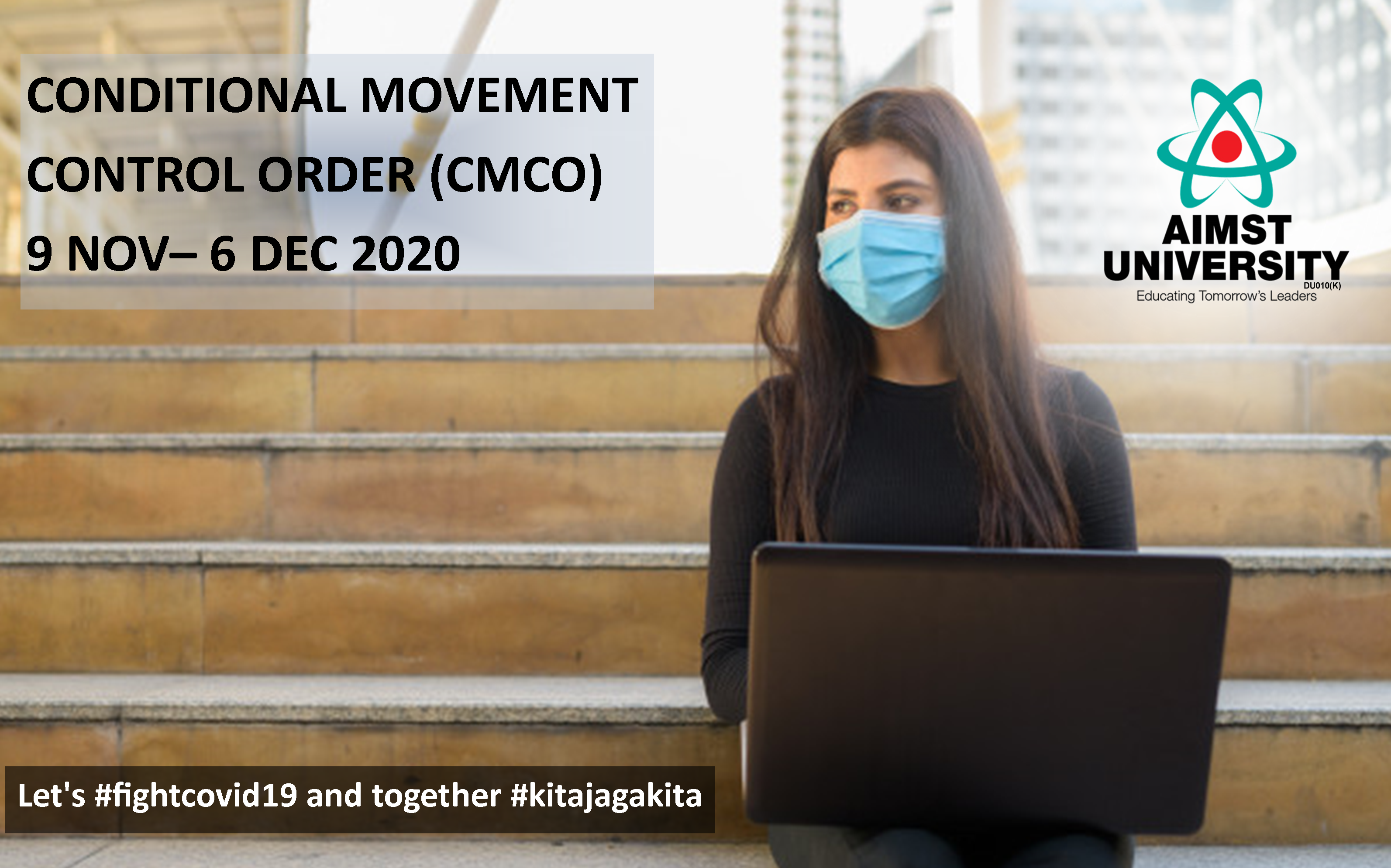 To contain the spread of COVID-19 in the country, the Government has imposed the CONDITIONAL MOVEMENT CONTROL ORDER (CMCO) for four weeks from 9th November to 6th December 2020 throughout the states in Peninsula except for Perlis, Pahang, and Kelantan.
Reference to the announcement by the Malaysian government on the CMCO, AIMST University shall remain closed from 9.11.2020 till 6.12.2020. Hence, all teaching and learning will go online until 6 December 2020.
To contain the spread of COVID-19 in the country, the Government has imposed the CONDITIONAL MOVEMENT CONTROL ORDER (CMCO) for four weeks from 9th November to 6th December 2020 throughout the states in Peninsula except for Perlis, Pahang, and Kelantan.
Reference to the announcement by the Malaysian government on the CMCO, AIMST University shall remain closed from 9.11.2020 till 6.12.2020. Hence, all teaching and learning will go online until 6 December 2020.
Congratulations to FRGS 2020 Grant Recipients
We are delighted to announce that our researchers have received a total of RM319,100 in Fundamental Research Grant Scheme (FRGS) 2020 Phase 1 from the Ministry of Education (MOE). The project leaders/recipients of the grants are Snr. Prof. Dr. M. Ravichandran (Dean-Faculty of Applied Sciences), Assoc. Prof. Dr. Shivkanya Fuloria (Faculty of Pharmacy), and Assoc. Prof. Dr. Theingi Maung Maung (Faculty of Medicine).
The researchers' endeavor in improving research standards of AIMST University are highly appreciated as it also contributes to the University’s MyRA & SETARA rating and QS World ranking.
Keep up the good work and congratulations to the grant recipients!!
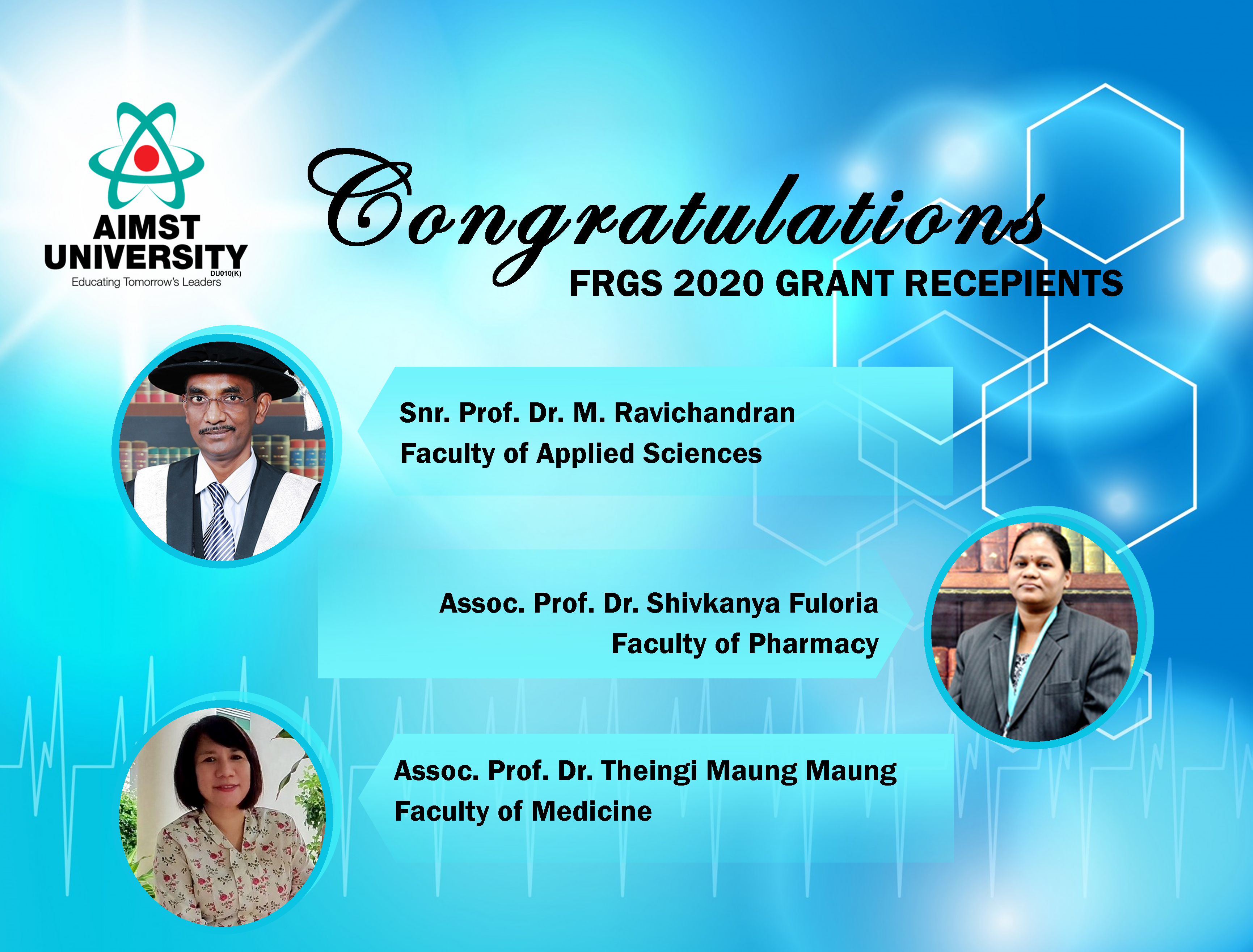
WEBINAR ON SHAPING SUCCESSFUL CAREER FUTURE WITH AIMST
Date: 16 October 2020 (Friday)
Time: 11am
To register click the following link: Shaping Successful Career Future with AIMST
10 Most Influential Doctors in the World
In a well-functioning society, the preservation and restoration of health are tantamount to the quality of life and the economic growth of its people. Hence, the importance of medical practitioners in our society is highly regarded.
Below is a list of the ten most influential physicians who, through research, hard work, dedication, and innovation, changed the world of medicine — as we know it.

1. Georges Mathé, MD: Discovered treatment for leukaemia
In preclinical studies of a bone marrow transplant, Dr. Mathé proved that donor cells survived and replicated only in recipients that were first irradiated to neutralize their immune system. In 1958, many Yugoslavian physicists were exposed to radiation during a nuclear accident. Dr. Mathé infused them with donor marrow and saved all except one from radiation poisoning. Dr. Mathé discovered the cure for Leukaemia and even cured a patient with a bone marrow transplant. He also defined graft-versus-host disease by deducing that the condition was a result of an immune reaction in the donor marrow against the autologous cells of the patient. 2. Sir Alexander Fleming, MD: Discovered penicillin
2. Sir Alexander Fleming, MD: Discovered penicillin
Sir Alexander Fleming served as a captain in the Army Medical Corps in World War 1. Born on August 6, 1881, in Ayrshire, Scotland, he picked up an interest in the natural bactericidal characteristics of antiseptics and blood. He discovered the bacteriolytic substance lysozyme in the tissue and secretions. In 1928, while he was studying the influenza virus, he discovered Penicillin.
His discovery of Penicillin happened by accident. It so happened that he had left a staphylococcus culture on a plate and later saw that mold had developed on the culture. The mold created a bacteria-free circle around it. As he studied the culture further, Dr. Fleming found that it could prevent the growth of staphylococci. So it became part of the Penicillium notatum family.
 3. Helen Brooke Taussig, MD: A pioneer in pediatric cardiology
3. Helen Brooke Taussig, MD: A pioneer in pediatric cardiology
Dr. Helen Brooke was known as the founder of the field of Pediatric Cardiology. Her work, a seminar on Congenital Malformations of the Heart, was published in 1947. Dr. Helen developed the concept of the Blalock-Thomas-Taussig shunt procedure, which helps to extend the survival of children born with tetralogy of Fallot.
Dr. Helen was also famous for banning thalidomide, which caused deformities in infants whose mothers took the drug during pregnancy. She also helped to promote the use of x-rays and fluoroscopy together for less invasive checking of the changes in the heart and lungs of kids. Dr. Helen was the first president of the American College of Cardiology.
 4. Charles Richard Drew, MD: Father of the blood bank
4. Charles Richard Drew, MD: Father of the blood bank
Dr. Charles Richard Drew had a particular interest in blood transfusions. He was an African American surgeon and medical researcher. Dr. Charles developed improved blood storage techniques, which were used to design large-scale blood banks. He also developed bloodmobiles, which were trucks with refrigerators of stored blood.
Dr. Charles also improved the technique used to collect blood from patients, ensuring a central location where donors could donate blood. His work became the starting point which later became the American Red Cross Blood Bank.
 5. Michael Ellis DeBakey, MD: Pioneer of cardiovascular surgery
5. Michael Ellis DeBakey, MD: Pioneer of cardiovascular surgery
Dr. DeBakey was one of the first cardiovascular surgeons in the world. He practised for over seven decades and lived up to 99 years. Born on September 7, 1908, Dr. DeBakey performed surgery on over 60,000 patients during his lifetime, including presidents and celebrities.
He developed a component that later became part of the first heart-lung machine in 1932. He created the plastic tubing in the 1950s to prevent a stroke from recurring, kidney failure, and vascular restoration of limbs.
Dr. DeBakey developed innovations that revolutionised cardiovascular procedures and included coronary artery bypass and ventricular assist devices. He also installed the first artificial pump to assist heart damage.
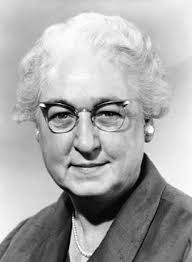 6. Virginia Apgar, MD: Inventor of the Apgar Score
6. Virginia Apgar, MD: Inventor of the Apgar Score
Dr. Virginia Apgar invented the Apgar Score, which is the first standardised measurement for assessing a newborn's transition after it leaves the womb.
Her invention was initially rejected but now it is widely used to determine a newborn's heart rate, respiratory effort, muscle tone, and reflex response.
Dr. Apgar made numerous contributions to obstetrical anaesthesia and showed the association between infant Apgar Score and the effect of labour, delivery, and maternal anaesthesia.
Dr. Apgar also developed new methods to measure blood gases and serum anaesthesia levels with Duncan Holaday, MD and Stanley James, MD. Dr. Apgar was the first woman to attain full professorship at Columbia University College of Physicians and Surgeons, New York.
 7. Helene D. Gayle, MD: HIV/AIDS research, public health
7. Helene D. Gayle, MD: HIV/AIDS research, public health
Dr. Gayle was interested in the effects of AIDS on children, adolescents, and families. She closely studied the global consequences of HIV/AIDS.
She started her career at the CDC as an epidemic intelligence service officer and worked as a physician, researcher, executive, and global caregiver.
Forbes even named her among the "100 Most Powerful Women."
Dr. Gayle made significant contributions to the study, control, and prevention of HIV/AIDS and Tuberculosis.
She also held several distinguished positions like Assistant Surgeon General and Rear Admiral in the Commissioned Corps of the US Public Health Service.
 8. Edward Jenner, MD, FRS, FRCPE: Discovered vaccinations
8. Edward Jenner, MD, FRS, FRCPE: Discovered vaccinations
Edward Jenner was an English physician who introduced the world's first vaccine developed for smallpox. He was often referred to as the father of immunology. Dr. Jenner's work is believed to have saved more lives than the work of any other human.
Dr. Jenner was born on May 17, 1749 in Berkeley, and during his time, smallpox resulted in the death of about 20% of the population. Smallpox was declared eradicated in 1979 by WHO. Thanks to the work of Dr. Jenner.
 9. Elizabeth Blackwell, MD: First female physician in the US
9. Elizabeth Blackwell, MD: First female physician in the US
Elizabeth Blackwell became the first female physician in the United States. Born on February 3, 1821, she encountered many challenges during her medical school days, including discrimination just because she was a woman.
She was always forced to sit separately from the rest of the students and was often excluded from attending certain labs. However, all that did not stop her determination to learn.
Dr. Elizabeth opened her clinic in New York, where she specialised in treating indigent women. She founded the New York Infirmary for Indigent, Women and Children. She also founded the Women's Medical College of the New York Infirmary in 1868 and helped found the National Health Society, in London, England.
 10. Daniel Hale Williams, MD: First successful open-heart surgeon
10. Daniel Hale Williams, MD: First successful open-heart surgeon
Dr. Dale Hale Williams was the first surgeon to perform a successful open-heart surgery. He was born on January 18, 1856 in Hollidaysburg, PA. As an African American, he had his fair share of hardships and racial biases. Dr. was the first to perform a successful pericardium surgery in the United States to repair a wound.
Dr. Hale founded the Provident Hospital and Training School, Chicago, IL. It was the first non-segregated hospital in the United States and associated nursing school for African Americans. The hospital is now known as the Provident Hospital of Cook County. It was the first hospital in the United States to be owned and managed by African Americans.
In a Nutshell
Since the beginning of time, the profession of a doctor has been one of the most appreciated jobs in the world. Therefore, we remain grateful to the influential doctors mentioned above for their contributions to the betterment of our health care. You can also contribute to your chosen area of speciality. Study medicine in Malaysia, acquire a Bachelor of Medicine and Surgery degree or higher degrees and contribute to research, innovation, invention, or other ways.Advanced Technology in Dentistry
Good dental health is vital to your overall health. Although maintaining good dental health is essential to overall good health besides promoting es a nice smile, among other benefits, people still avoid dental visits—probably because of the discomfort that comes with it. Thankfully, there are new technologies that make trips to the dentist faster, more comfortable, less painful, and more reliable. Because of these advancements, the dental industry is growing exponentially, which has seen more people take their dental health more seriously. The growth is a win-win situation for both the dentists and the patients.
1. More Emphasis on Treatment and Prevention
The years to come will bring more information and computing power that is even more accessible and affordable. The industry will be interconnected, making small businesses find opportunities in specialized products and services to satisfy the customized needs of different clients. Due to the advancements in the industry, there will also be more emphasis on painless treatment as well as prevention, which means fewer cavities in patients and less risk of periodontal (gum) disease. These new technologies will impact how dental professionals treat patients and how people care for their oral health.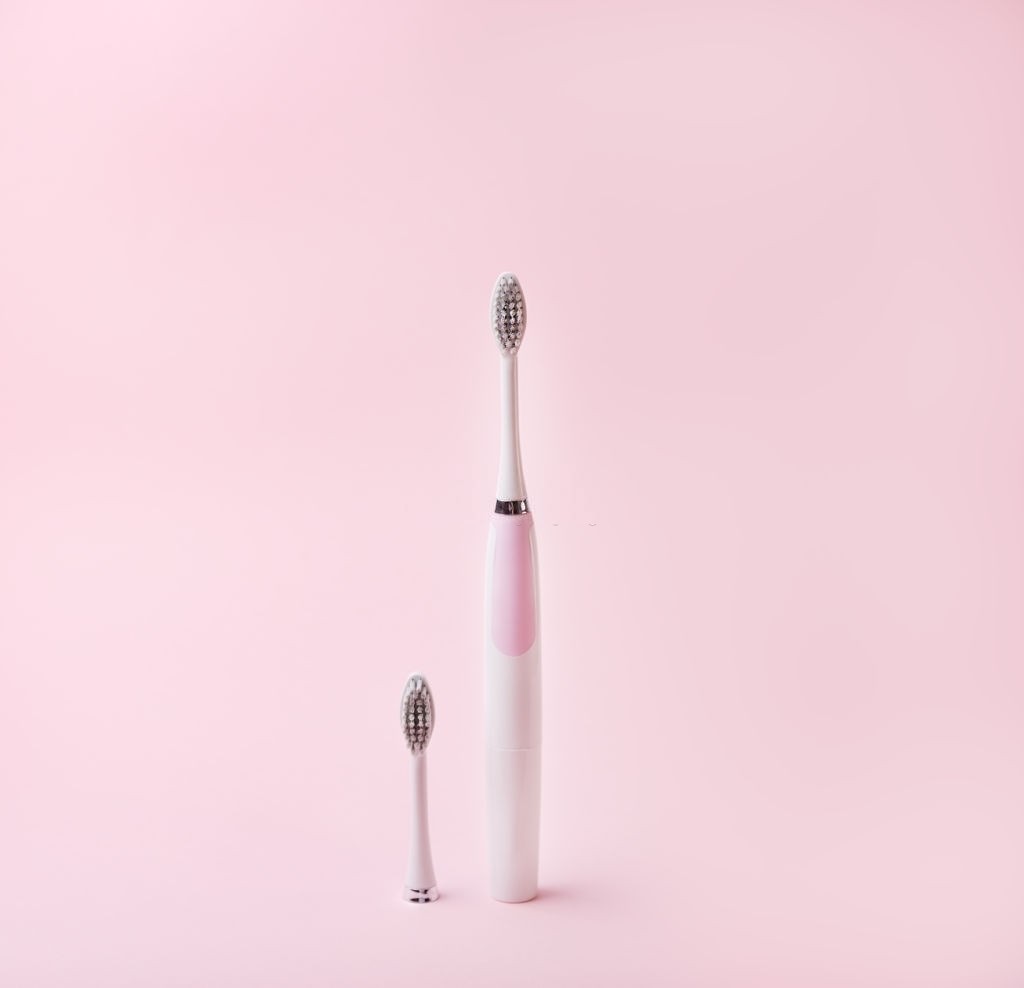
2. Smart Toothbrush
The idea of toothbrushes having sensors in them might seem a bit strange. A smart electric toothbrush can ensure that you are brushing your teeth correctly for the best results. These types of toothbrushes will also be an excellent option for kids learning to brush their teeth. Smart toothbrushes can also offer kid games and virtual rewards within linked apps regularly and correctly cleaning their teeth.3. Digital Dentures
Digital dentures offer a new way of creating precision-fitted dentures in the shortest possible time. People no longer have to wait for weeks plus multiple visits to get your dentures produced and fitted. Digital dentures are made using advanced software, devices, and materials to create dentures with ease. The new process is made possible using Computer-aided design and computer-aided manufacturing (CAD/CAM).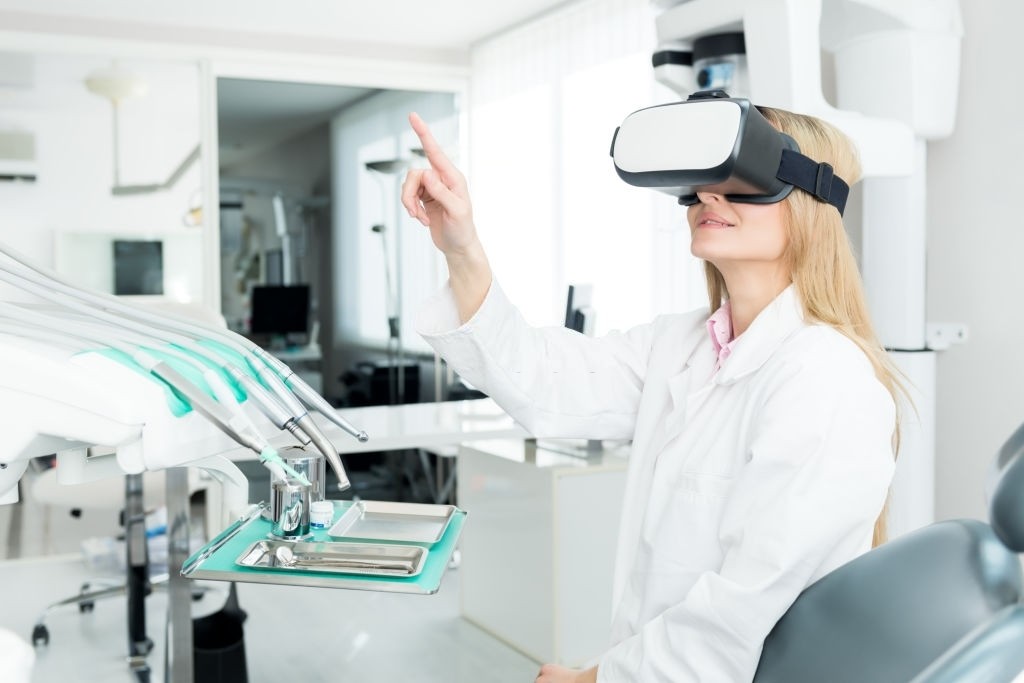
4. Augmented Reality (AR)
Augmented Reality tech is changing the world in virtually every industry. This technology has become popular through gaming applications. And there's a huge potential for Augmented Reality in dental professional training, with several uses for students and professors to carry out clinical simulations as part of coursework currently in practice at various schools and programs. The AR technology is especially useful for demonstrating techniques on dental models and allowing students to practise.5. Teledentistry
It can be a severe challenge for people with disabilities or special needs to visit the dentist. Apart from disabilities, there are other reasons people may not be able to leave their homes, for example, the elderly. This is where teledentistry becomes essential. It is the ability to proffer dental services and solutions over the internet to those who may not have access to dentists physically. Teledentistry allows dentists to get images and take clinical notes. Consultation with the dentist is done via video chatting. If the dentist can diagnose your condition online, he will prescribe a solution. If not, you will be recommended to meet your local dentist to get the required attention. Although other complicated procedures such as dental surgery are not able to be done via teledentistry, the availability of teledentistry is still considered a big leap for dentistry.6. Intra-Oral Camera
Most dental patients often complain that they are unable to see what the dentist can see inside of their mouths. The intra-oral camera allows the dentist to look inside the mouth of the patient using a dental mirror with a camera attached. The patient can see the pictures taken by the camera on the screen outside of the patient's mouth and thus better understand what oral conditions they are having which need to be treated by the dentist.Final Thoughts
Technological advances in Dentistry is continually evolving. As new patient needs are discovered, dental innovations are ready to revolutionize dentistry to further improve peoples’ dental health. and look at their oral health. As you can see, the future is bright for dentistry and dental technology. Therefore, for students looking to study dentistry as a course in Malaysia, it’s important to note that the demand for dentists and dental technology is on the rise, and new technologies to help treat patients are now available to make the job easier.How is Biotechnology Used in Everyday Life?
Biotechnology has to do with using the biological systems found in organisms or using the living organisms to make technological advances and deploy those technologies in different fields. The application of those technologies spans across various areas ranging from agricultural to medical. Biotechnology plays a huge role in our everyday lives — from the clothes we wear to how we wash them, the food we eat to how we source them, the medicine we take to treat our bodies, and even the fuel we use to move our vehicles. Hence, the need for more graduates with a bachelor of biotechnology degree. The following are how biotechnology applies to our everyday lives.
1. Biofuel
Biofuel is obtained by fermenting sugars extracted from plants to ethanol, using a similar process like the one used in beer and wine-making. Biofuels like ethanol and biodiesel are blended with petrol and biodiesel to meet the legislation on greenhouse gas emissions. When the blended biofuels are used in road transportation, the fuel can reduce their carbon impact.2. Vaccines
Vaccines are introduced into the body’s immune system to fight pathogens when they attack. It is achieved by introducing weakened versions of the disease into the bloodstream. The weakened disease pathogens are extracted using biotechnological techniques like growing the antigenic proteins in genetically engineered crops.3. Bioremediation
Bioremediation has to do with utilizing biotechnical applications to develop an enzyme that goes beyond pretreating some industrial and food waste components to allow for efficient removal of sewage systems.
4. Pest Resistant Crops
Biotechnology has offered various techniques for the creation of crops that naturally display anti-pest characteristics. So, instead of dusting and spraying the plants with pesticides, the plants become naturally resistant to pests. An example is the bacteria Bacillus thuringiensis genes being transferred to crops.5. Environmental Engineers
Environmental engineers have discovered a clean and safe way to dispose of waste. They do this by introducing nutrients to stimulate the activity of bacteria in the soil at the waste site. The bacteria digest the waste, thereby turning it into harmless byproducts. After consuming the waste, the bacteria either die or return to their normal population levels. There are situations where the byproducts of the bacteria are useful and can be used for other valuable purposes.
6. Cheese Production
For over 20 years, the cheese we eat is created with a biotech enzyme, chymosin — the natural enzyme found in calves and used to curdle milk during cheese production. Using biotechnology to produce the enzyme makes it abundant and purer while removing the need to use animals to make cheese. Approximately 60% of all hard cheese products are now made with a biotech enzyme.7. Alcoholic Drinks
One of the most basic uses of biotechnology is in the area of alcohol production. Every day, people across the world would drink a glass or two. Beer, for example, is made from water, barley, brewer’s yeast, and flavouring. During production, the starch contained in the barley is converted to sugar by enzymes then fermented. Then, the brewer’s yeast metabolises the sugars to produce alcohol and carbon dioxide. The enzymes and microbes are standard tools used in industrial biotechnology. 8. Biodefense and Public Safety
8. Biodefense and Public Safety
Military weapons have gone biological. Therefore, military units and disaster responders are now faced with threats from biological and chemical substances.
There are now biotechnology-produced enzymes that can break down toxic chemicals, including nerve-damaging gases like Sarin and Somain.
Those dangerous gases are broken down in an effective, convenient, and environmentally-friendly way. The enzymes are simply mixed with water and sprayed at the site of the attack.
9. Forensic science – DNA fingerprinting
Every living organism has chromosomes which are made up of DNA sequence. The DNA sequence is unique for every individual. Identifying the pattern of DNA sequences is done in forensic DNA analysis using biotechnological tools. DNA fingerprinting is a useful tool in identifying a suspect in a criminal investigation, in paternity cases or identifying unrecognizable victims in a catastrophe.In a Nutshell
Finally, you can see that biotechnology is used in every day life — from creating revolutionary products and technologies that fight against debilitating and rare diseases to reducing carbon emissions, promoting effective industrial manufacturing processes, creating pest-resistant crops, and ebeni in challenging areas such as forensic sciences and biodefence. It further proves the importance of graduates with a Bachelor of biotechnology degree in MalaysiaShould I Pursue a Diploma or Foundation?
You must have heard about Diploma and Foundation programmes. Chances are that you have also found out that both programmes are feasible pathways to a degree programme at the university. But which one should you choose? Is a foundation better than a diploma or vice versa? In this blog post, we'll be pleased to serve you pointers, as well as the benefits of both programmes. Read on to find out.
What is the difference between both entry qualifications?
A diploma is a higher qualification than a foundation because it is equivalent to a first-year degree in the university. If you intend to enter the work field faster, a higher qualification is preferred. The reason why a diploma programme is seen as a higher qualification is that it requires a longer duration to complete — usually around 2 to 3 years. In contrast, a foundation takes only one year and allows a smooth transition into a degree programme.Course Curriculum
A diploma programme will train and qualify you in a particular field. So, if you intend to pursue a career that requires more practical work rather than academic knowledge, you should choose a diploma over a foundation programme. The diploma courses will involve a progressional study of your chosen field and will be more in-depth as you continue. A foundation programme, on the other hand, like a foundation in business or a foundation in science, will only prepare you with basic knowledge of your chosen field. Some schools even offer both core and elective subjects to explore different topics before choosing a degree path.
Are you sure about your chosen field of study?
A diploma programme will be a great option if you are sure about your career path because it allows you to get straight to learning subjects vital to your chosen field of study. Shall you intend to pursue another degree later, you will be limited to programmes related to your diploma. For instance, a diploma in electrical engineering will allow you to enter the second year of a degree in electrical engineering. However, if you want to pursue a different career path like Medicine, you will have to start from the first year. On the other hand, a foundation programme is more flexible because it provides you with the basics for a degree. Most universities will allow you to enter into several non-science programmes like psychology, business, education and etc. if you have taken foundation in arts.Do you plan to work immediately?
If you intend to start working immediately after school, a diploma programme is an excellent option because you can begin work immediately while you upgrade yourself with a degree later. Many employers will hire you with a diploma degree in customer service, sales advisor, technician, etc. However, you can still choose to continue with your studies upon completion of your diploma programme. For a foundation programme, you will need to proceed to a degree programme upon completion. Therefore, before you can get a job, you must have completed your foundation and degree programme. Of course, you can choose to pursue a higher degree after acquiring your first degree.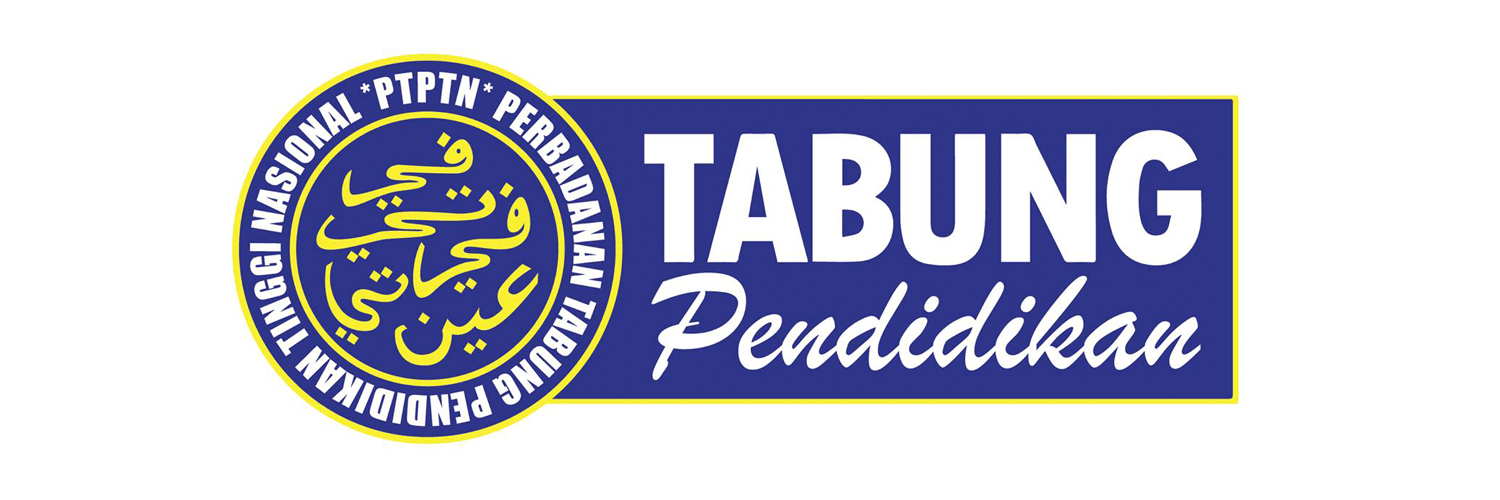
Would you require a loan?
MQA-accredited diplomas are qualified for PTPTN loans. If, for any reason, you have a financial constraint during your studies, you can access the PTPTN loan that comes with a low-interest rate. Also, you can apply for a PTPTN loan for your degree after completing your diploma programme. Foundation programmes are not qualified for PTPTN loans. Therefore, if you encounter any financial problems, you may need to look elsewhere to access education loans.In a Nutshell
The factors explained above should help you in deciding which one is best suited for you. Neither of the programmes is better than the other. Each one has its benefits and would depend on your preferences. So, consider each factor carefully before making a decision.Nursing vs Medicine: How are They Different
Is there any difference between medicine and nursing? Undeniably there are differences in both professions. After reading this write-up, we hope that you will understand the inter-professional relationship between nurses and doctors.
Nursing and medicine are credible partners in the provision of care and health outcomes for patients. While doctors are trained in treating diseases through medication between the medical procedure and sometimes surgery, nurses are formally trained in nursing and caring for the sick and well-using knowledge to assess patients' responses towards their diseases; identifying the patients’ health needs which include the physical and psychosocial aspects, implement interventions in the patient-centred nursing care plan and follow through the outcome-based evaluation.
Achieving patient satisfaction is a priority for all health care providers. Doctors may prescribe the treatment which is the therapeutic aspect of the disease but the way treatment is delivered is also vital in making the experience a satisfying one. At this point, nurses have the time, patience, and compassion to fulfil the emotional needs of the patients and demonstrate care for patients that will certainly leave a positive impact on quality care. For these, the nurses earned the recognition: hands that turn caring into actions; touch that turns compassion into comfort.
The historical influence on ethics has attributed nursing to the ideals of caring the persons rather than to diseases. Adherences to theses ideals, nursing as defined by Virginia Henderson "The unique function of the nurse is to assist the individual, sick or well, in the performance of those activities contributing to health or its recovery (or to peaceful death) that he would perform unaided if he had the necessary strength, will or knowledge".
Therefore, nursing focuses on the patient's active role in treatment and prevention through educational movements, home healthcare, improved personal hygiene and other psychosocial aspects of illness. Nursing has substantially developed as a health-oriented profession that emphasizes on preservation and restoration of health on patients. It maintains an idea of care that compassionately helps patients to adapt to chronic illness and its capacity.
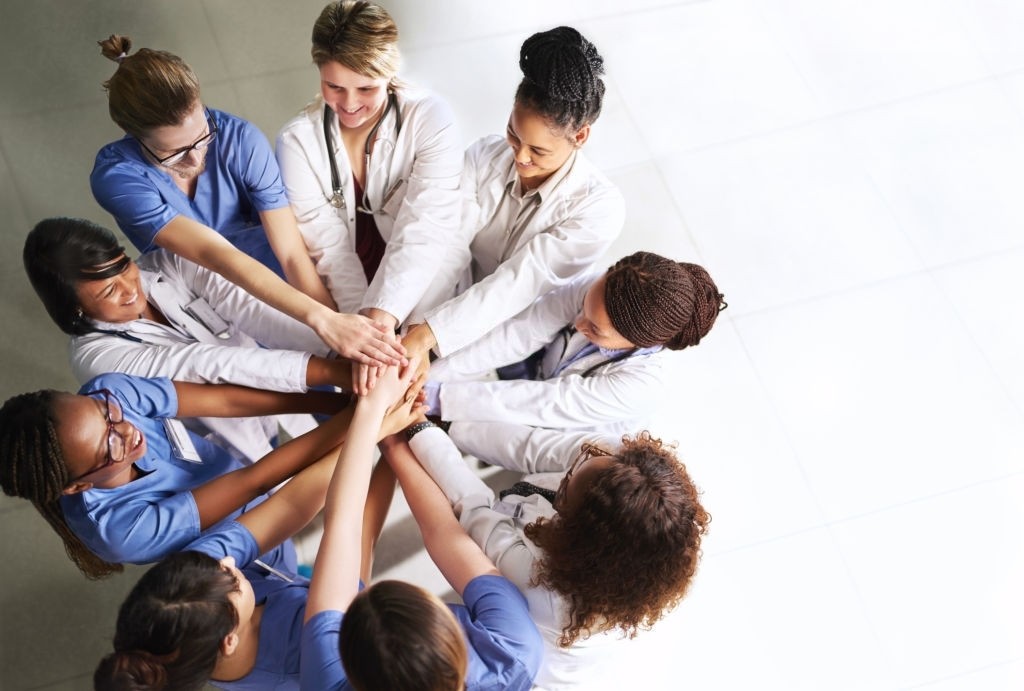 The nurses’ interaction with the patient is more in-depth and personal, concentrating on values and adaptive processes. The nurse's "ever-presence," i.e., they are there, 24 hours a day, 7 days a week, providing continual bedside care to patients.
Continuous nursing care lends itself to greater trust and also to advocacy. Advocacy is an integral element of nursing ethics and the proper definition of nursing practice. It is a meaningful and respectful relationship between the nurse and the patient, whether a person or community.
The processes and skills considered necessary to advocate for patients successfully include factors such as accountability, ethical analysis and decision making, knowledge of and adherence to clinical standards and proper definitions of nursing practice, health education and counselling, leadership, collaboration, communication, and the ability to implement change.
Finally, the inter-professional collaboration between doctors, nurses and other health care professionals is vital for holistic patient care as there is recognition for the essential integration of healing and nurturing (curing and caring) for they are all inseparable.
To study MBBS course or to acquire a degree in nursing in Malaysia, there are top medical universities in Malaysia where you can enrol and study to become a certified nurse or doctor.
For more information, please feel free to get in touch with our friendly and helpful counsellors.
Ms. Yaya
Mobile: +6012-497 3060
Email: nurbaya@aimst.edu.my
The nurses’ interaction with the patient is more in-depth and personal, concentrating on values and adaptive processes. The nurse's "ever-presence," i.e., they are there, 24 hours a day, 7 days a week, providing continual bedside care to patients.
Continuous nursing care lends itself to greater trust and also to advocacy. Advocacy is an integral element of nursing ethics and the proper definition of nursing practice. It is a meaningful and respectful relationship between the nurse and the patient, whether a person or community.
The processes and skills considered necessary to advocate for patients successfully include factors such as accountability, ethical analysis and decision making, knowledge of and adherence to clinical standards and proper definitions of nursing practice, health education and counselling, leadership, collaboration, communication, and the ability to implement change.
Finally, the inter-professional collaboration between doctors, nurses and other health care professionals is vital for holistic patient care as there is recognition for the essential integration of healing and nurturing (curing and caring) for they are all inseparable.
To study MBBS course or to acquire a degree in nursing in Malaysia, there are top medical universities in Malaysia where you can enrol and study to become a certified nurse or doctor.
For more information, please feel free to get in touch with our friendly and helpful counsellors.
Ms. Yaya
Mobile: +6012-497 3060
Email: nurbaya@aimst.edu.my
What are the types of dental prosthesis available in Malaysia?
Dental prostheses are functional and aesthetic appliances which are part of dental technology. They are made of artificial materials and used to restore a bad, flawed tooth, or to replace one or more missing teeth. The branch of dentistry responsible for the restoration of the defective tooth is called Prosthodontics. Prosthodontics deals with the diagnosing, treatment planning, rehabilitation, and maintenance of oral function, comfort, appearance, and health of patients with clinical conditions associated with missing or deficient teeth and/or maxillofacial tissues using biocompatible substitutes. The goal of prosthodontics is to improve oral function (especially masticatory function) by the dental prosthesis providing efficient and appropriate contact between the teeth. When you visit a dentist in Malaysia to have your teeth replaced, you have several options based on the pricing, complexity of the procedure, and your lifestyle. Based on these factors, you will be advised on which dental prosthesis is best suited for you.
Types of Dental Prosthesis Available in Malaysia
i) Removable dental prosthesis
The removable dental prosthesis comprises of complete removable dental prosthesis and partial removable prosthesis.1. Complete removable dental prosthesis
Complete removal dental prosthesis is recommended when you no longer have any teeth. Popularly known as dentures, it replaces the natural dentition, and it can be removed daily for maintenance and before sleeping. Generally, removable prostheses are made from acrylic resin (plastic) or chrome metal. The dentures are made to imitate the natural teeth. The main advantage of the removable dental prosthesis is that it is not expensive, and the intervention is done quickly. Compared to the installation of a fixed dental prosthesis, the removable dental prosthesis does not require a healing phase and also does not stop or hinder chewing function. However, it can sometimes be difficult tasking for a patient to adapt to the new dentures as it can move inside the mouth and requires the patient to remove and clean it after each meal.2. Partial removable dental prosthesis
The partial removable dental prosthesis only replaces one or more teeth, unlike the complete removable dental prosthesis. It is made from acrylic resin (plastic) or chrome metal and held on to the teeth by metal hooks (clasps). The denture is placed on the gum and hooked on to remaining teeth to hold it in place. Since it partly rests on the natural dentition and is hooked to other teeth, the partial removable dental prosthesis is more stable and less expensive. With the hooks, it fits in perfectly with your remaining teeth. It has poor aesthetics as the metal hooks cannot be hidden, and having to remove after each meal for cleaning are the challenges you might experience with a partial removable dental prosthesis.
3. Installation of a removable prosthesis
The procedure for a partial removable dental prosthesis is relatively simple as the dentist only places the prosthesis by ensuring that the metal hooks are fixed on the abutment teeth. He then adjusts it to adapt well to the jaw. For dentures, it will be put in the mouth first before the dentist makes adjustments to fit it properly. This process is generally longer than that of a partial denture.